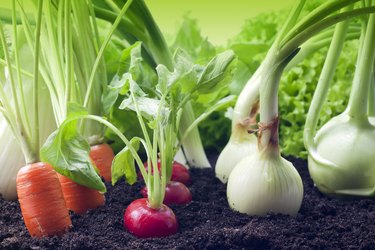
Alabama has warm, humid summers and rich soil, making it fertile ground for vegetable growing. Although most areas of the state receive 40 to 50 inches of rain a year, the summer months are often dry, so your garden may require constant watering. Below are some of the most commonly grown vegetables and a month-by-month look at when they should be planted.
February
Video of the Day
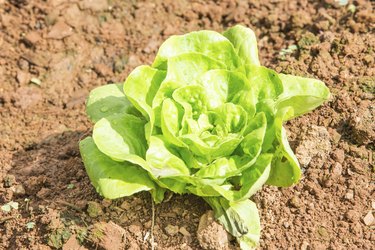
Winters in Alabama are mild, but still fairly cold. Only plant hardy vegetables like cabbage, lettuce, onions, broccoli and Brussels sprouts in the southern regions of the state.
Video of the Day
March
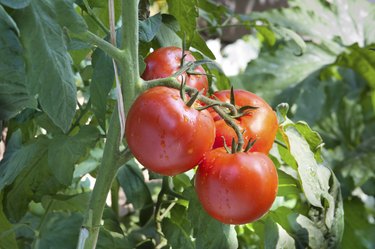
As the weather warms the same vegetables that could be planted in southern Alabama in February can now be planted in northern Alabama. Peppers and tomatoes can now be planted in southern Alabama.
April

Peppers, tomatoes, sweet potatoes, eggplants and parsley can now be planted all over the state. Seeds for corn, squash, cucumbers and the various beans and melons can now be planted.
May
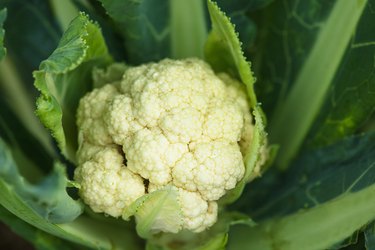
The same vegetables for April can be planted in May. Cauliflower, celery and Brussels sprouts can be planted in containers in preparation for a fall garden.
June
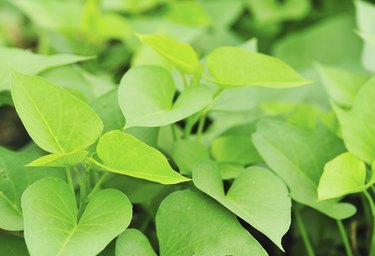
Continue to plant the spring vegetables and add pumpkins to the mix, as well as sweet potato vine cuttings.
July
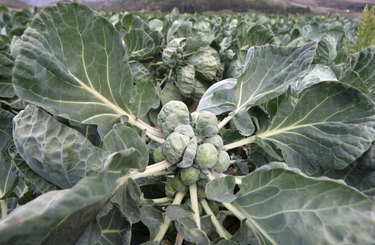
As the summer heats up, you can now add field peas, spinach, Irish potatoes and rutabagas to the mix. Collards, cauliflower, broccoli, Brussels sprouts, celery and cabbage can now be planted for the fall crop. Plant tomatoes in the northern parts of Alabama.
August
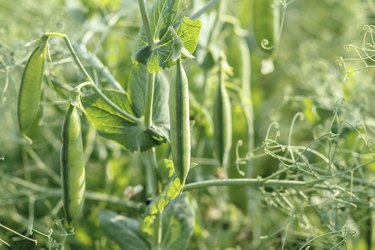
In southern Alabama, plant beans, peas, turnips and rutabagas. You can continue to plant the fall crop mentioned under July this month as well.
September
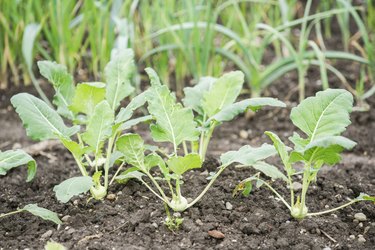
Continue to plant the fall crop vegetables as summer fades.